When most people think of kitchen islands, the first thing that comes to mind is extra counter space. And it’s no wonder why – who wouldn’t want more room to cook and prepare food? If your kitchen island is feeling a little cramped, don’t worry – there are plenty of ways to extend it! This article will discuss several different methods for extending your kitchen island. So, whether you need more room for appliances or just want a place to eat breakfast, you can find in this article the right solution for your space.
What is a Kitchen Island?
A kitchen island is a freestanding piece of furniture that is typically found in the center of a kitchen and can be used for dining, preparation, additional storage, and many other functions. Kitchen islands vary in size, shape, materials, and features. They can provide added counter space to help reduce overcrowding in the kitchen or serve as an extra food preparation and/or serving area. Many also come with drawers and cabinets for storage of cookware, utensils, or dishes.
Kitchen islands are becoming increasingly popular due to their convenience and functionality. With the addition of an island to your kitchen, you can create an efficient work triangle between your refrigerator, sink, and stovetop that will make food preparation easier than ever before [1]!
Some Key Functions of Kitchen Islands
A Cleaning Center
Kitchen islands are great for creating a cleaning center. You can add plenty of counter space and storage to house items like dish detergent, sponges, scrub brushes, garbage bags, and other necessary materials you need to keep your kitchen clean. Having all of these supplies in one centralized area helps make quick work of cleaning up after meals.
Food Preparation Area
Kitchen islands are also great for preparing food. Since they generally have plenty of counter space, you can easily lay out all your ingredients on the island and get to work. You’ll have more room than you would on a small kitchen counter while still having easy access to utensils and kitchen appliances like blenders and mixers.
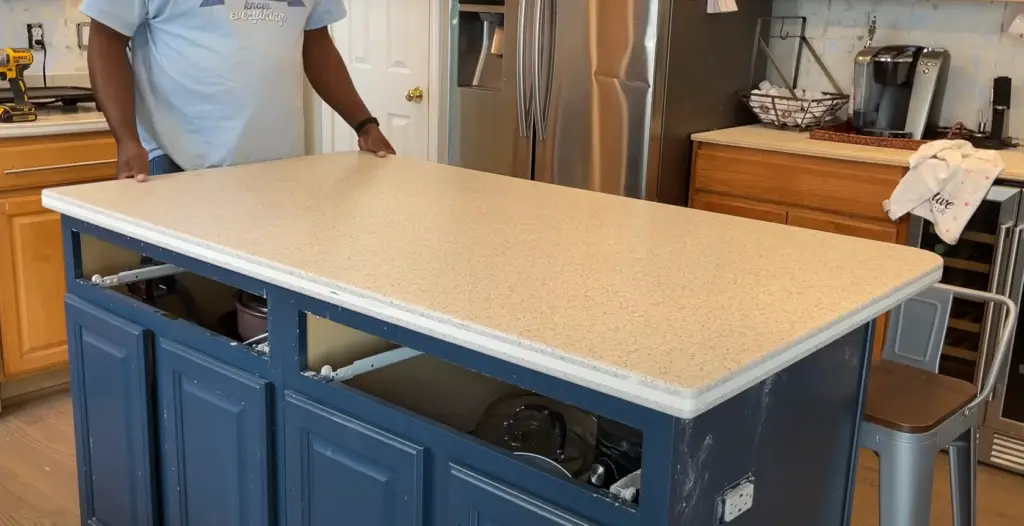
Storage Solutions
Kitchen islands provide an ideal location for extra storage solutions that keep your items easily accessible but tucked away when not in use. Kitchen islands often feature cabinets, drawers, and even cubbies that can be used to store cookbooks, kitchen utensils, pots and pans, or even table linens. Having all of these items within easy reach makes meal preparation a breeze.
A Seating Area
Kitchen islands don’t have to just be a place for food prep. You can also add seating around the island so it doubles as an eating area during meals. Bar Stools or chairs surrounding the island make it easy for family members and guests to gather around while enjoying each other’s company over dinner or snacks. You might even find yourself gathering at the island more frequently than at your dining room table!
An Entertainment Hub
Some kitchen islands are designed to not only offer extra counter space but also entertainment. You can install a small sink and refrigerator on your island to make it the perfect spot for entertaining guests. Use it as a bar area or stock it with snacks and drinks so that everyone can help themselves while you prepare the meal. With enough room, you can even set up a TV on your kitchen island, making it an all-in-one entertainment hub [2].
How To Extend a Kitchen Island?
Extending a kitchen island is a great way to add more workspace and storage, but it can also be a challenging task. To ensure your project goes smoothly, take the time to research and plan before you start building:
- Measure your current kitchen island space and your desired extension size: Before starting any construction project, it’s important to accurately measure the room and what you want to build. Take measurements of the existing countertop, cabinets, doors, windows, etc., so that when planning an extension you know exactly how much space you have available;
- Choose materials: Once you know the size of your desired extension, it’s important to choose the right materials for the job. Consider things like durability, functionality, and aesthetics when selecting materials. Popular options include wood, granite, stainless steel, or concrete countertops;
- Determine the design: Now that you’ve selected the materials for your kitchen island extension, it’s time to decide on the design. Consider whether you want a traditional or contemporary look, as well as additional features like seating, shelving, or drawers;
- Assemble components: Once you have all of your materials and a plan in place for the design of your kitchen island extension, it’s time to start building! Gather any tools required—such as saws, drills, and screwdrivers—and begin assembling components according to your plan;
- Install appliances: If you’ve chosen to add additional features such as sinks, range tops, or dishwashers, be sure to read the manufacturer’s instructions carefully and follow them exactly. This step requires precision, so make sure you understand what each component needs before attempting installation;
- Finishing touches: After all of the components have been installed and secured, it’s time for the finishing touches! Add any necessary trim, paint, or sealants to complete your new kitchen island extension;
- Enjoy: Once everything is finished and you can see the final results of your hard work, it’s time to sit back and enjoy your updated kitchen space! With an extended kitchen island, you can now cook and entertain in style;
By following these steps, you can ensure that your kitchen island extension project is a success! Remember to take it slow, measure, and plan ahead, and you’ll be sure to end up with the perfect addition to your home [3].
How Much Does It Cost To Extend a Kitchen Island?

Finally, labor costs should also be taken into consideration when looking at the total cost of extending a kitchen island. Depending on the complexity of your project and the experience level of your contractor, labor can range from around $ 50 – $ 100 per hour. It’s important to shop around and get multiple quotes before committing to any particular contractor as prices can vary greatly from one company to another.
Keeping all these factors in mind will help you understand exactly what it will cost to extend your kitchen island and ensure that you are getting the most bang for your buck [4]!
Some Tips on Designing and Decorating Kitchen Islands
Here are some useful tips on designing and decorating kitchen islands. Kitchen islands can be very functional and decorative elements in any kitchen:
- Choose the right size – Kitchen islands come in a variety of sizes, so make sure yours is not too large or too small for your kitchen space. Consider how much countertop space you need to prepare meals and whether you will need additional storage beneath the island as well;
- Think about placement – The location of your kitchen island should be determined by its purpose. Put it close to the range or sink if it’s meant for food preparation; put it near dining areas if it’s intended as an informal eating space; and keep it away from high-traffic areas like doorways and walkways if possible;
- Select the right materials – Kitchen islands are usually made from countertop materials such as granite, quartz, or marble. Depending on your budget and style preference, you can choose from a variety of different options for the island’s surface;
- Add extra storage – Consider adding shelves or drawers beneath the island to maximize space and increase storage capacity. This can be especially useful if you don’t have any other wall cabinets in the kitchen;
- Include seating – If there is enough room, consider adding seating around your kitchen island. This is a great way to make it an inviting gathering place while still being practical and functional. Stools or chairs with comfortable cushions will make it more enjoyable for family members and guests to spend time there;
- Personalize it – Add your own style and personality to the island by incorporating special features such as decorative moldings, a unique countertop material, or specific color accents. This will make the island stand out and become a focal point in your kitchen space;
- Choose the right lighting – Lighting is an important factor when it comes to kitchen islands, so be sure to choose fixtures that provide adequate illumination for food preparation or dining activities. You can also add under-cabinet lights for additional task lighting if needed;
- Accessorize – Don’t forget to add some accessories to give your island more character and charm! Adding plants, artwork, or other decorations will make it more inviting and create a welcoming atmosphere;
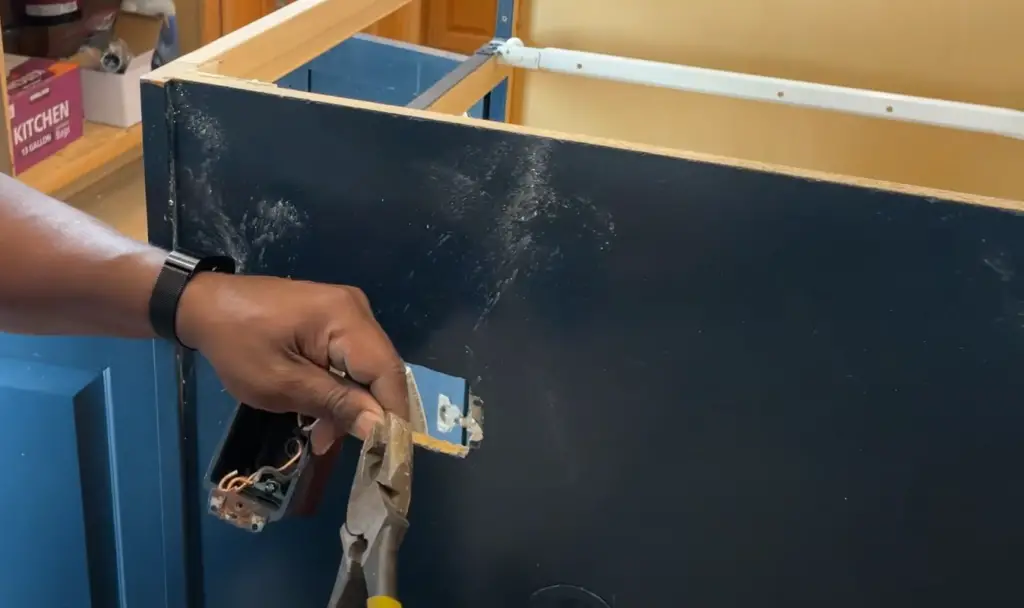
Following these tips will help you design and decorate your kitchen island to perfection. With the right size, placement, materials, extra storage, seating, personalization, lighting, and accessories, you’ll be sure to have an attractive and functional hub in your kitchen for years to come.
Kitchen Island vs Kitchen Peninsula
When it comes to choosing between a kitchen island or a peninsula, both offer their unique advantages and disadvantages.
Kitchen islands can provide extra counter space, storage, seating, and even appliances. However, they also require more space than a kitchen peninsula which is typically more cost-effective. Islands can be bulky in smaller kitchens and they may not fit the flow of your kitchen design.
Kitchen peninsulas don’t require as much space as an island but can still provide some of the same benefits like additional countertop space, cabinets, shelves for storage, and seating. Peninsulas are often used to create a stronger separation between different areas of the kitchen such as the cooking area from the dining room. Since they are smaller, they don’t require as much remodeling and they can be more cost-effective.
When deciding between a kitchen island or a peninsula, you’ll need to consider the space in your kitchen, your budget, and the overall design of your kitchen. Each feature will offer its unique advantages and disadvantages and it’s important to find the option that best meets your needs.
No matter which type of feature you choose, adding a kitchen island or peninsula can help transform your kitchen into an inviting gathering area for family and friends. Whether you’re looking for extra countertop space or just want to create a stronger separation between different areas of the kitchen, both features provide great options for modernizing any home. With careful consideration of space, budget, and design preferences, you can make the best decision for your home.
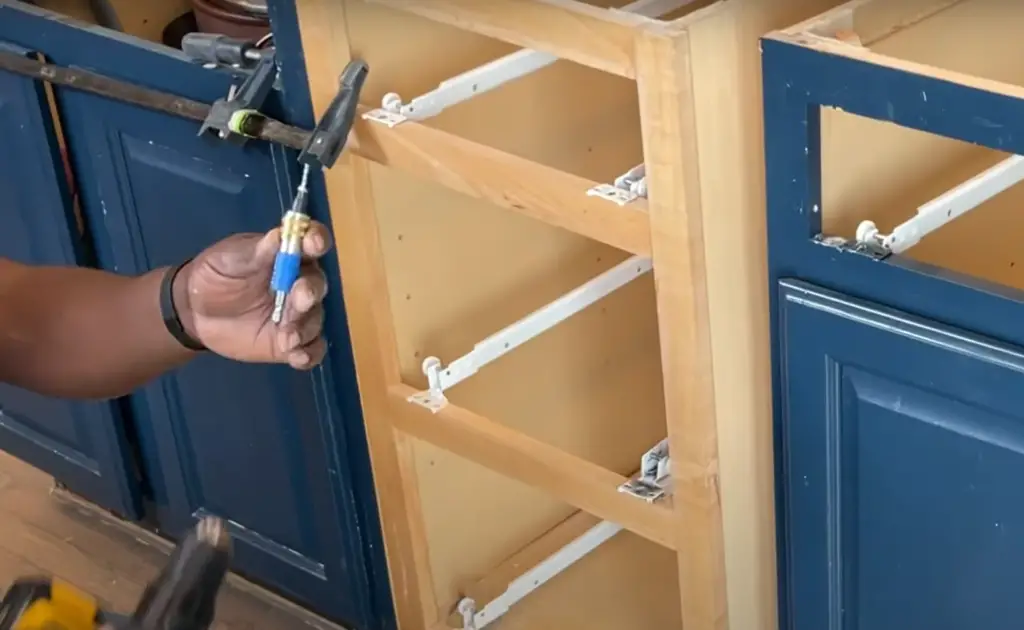
FAQ
Can you extend an existing kitchen island?
Yes, it is possible to extend an existing kitchen island. If the size and shape of your current kitchen island allow for it, you can add more countertop space or seating by expanding the island. You may also be able to add storage space by adding drawers and shelving. In some cases, a partial wall may need to be built to support the extended portion of the island. It is best to consult with a professional contractor or interior designer if you are considering making structural changes to your kitchen island.
How do I decide on an island design?
How much does it cost to extend an island?
The cost of extending an island depends on a variety of factors, such as the type of materials used, the size and scope of the project, and any additional features you may want to add. Generally speaking, you can expect to pay between $ 1,500 – $ 5,000 for a simple kitchen island extension. However, if you plan on adding more complex features or making structural changes to your existing island, then the cost can increase significantly. It is best to consult with a professional contractor for an accurate estimate.
What are some tips for designing a functional kitchen island?
When designing a functional kitchen island, it is important to consider how you will use the space and what kind of storage solutions you need. Additionally, try to make the workspace ergonomic by making sure there is enough countertop space to accommodate multiple people comfortably. If you plan on doing a lot of entertaining, consider adding seating options such as bar stools or dining chairs. Finally, make sure that the design complements the overall style of your kitchen – choose materials and colors that will blend in with the existing decor.
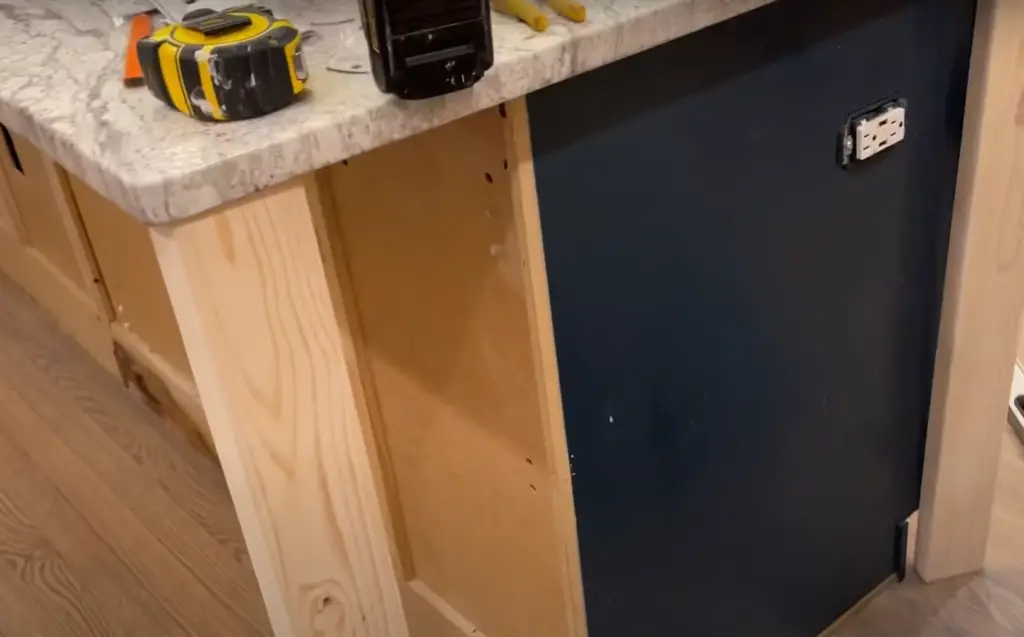
How do you extend a kitchen countertop?
Extending a kitchen countertop is typically done in one of two ways – by installing an additional piece of countertop material or by adding an overhang to the existing countertop. In either case, you will need to consult with a professional contractor who can help you determine which option is best for your particular situation. Generally speaking, extending a countertop with an additional piece of material will be more expensive but may be necessary if there are structural changes that need to be made. On the other hand, adding an overhang usually requires less work and therefore costs less money.
What are the features of an island kitchen?
An island kitchen typically has an open floor plan and features a large central island with either seating or additional workspace. Many island kitchens also have additional storage space, such as drawers and cabinets, to keep the countertop organized. Other features may include appliances, barstools for entertaining guests, and decorative cookware. Ultimately, the features of an island kitchen are determined by its purpose – some islands are designed for preparing meals while others are more suited for entertaining guests.
Can I install an island kitchen myself?
Installing an island kitchen can be difficult and time-consuming so it is generally recommended that you hire a professional contractor to handle the job. The contractor will be able to help you select materials that best fit your needs and budget, and they will be able to ensure that the installation is done correctly. Additionally, they can provide advice on how to keep your kitchen organized and efficient. Ultimately, it is up to you to decide whether you want to install the island yourself or hire a professional.
What holds a kitchen island in place?
The kitchen island is typically held in place by several support beams that are attached to the floor or wall. These beams provide stability and prevent the island from wobbling or tipping over. Additionally, some islands also feature adjustable feet which can help to further anchor the island and keep it steady on uneven surfaces. Finally, if you plan on adding seating to your island, make sure to secure these chairs with screws so they don’t move around when people sit down.
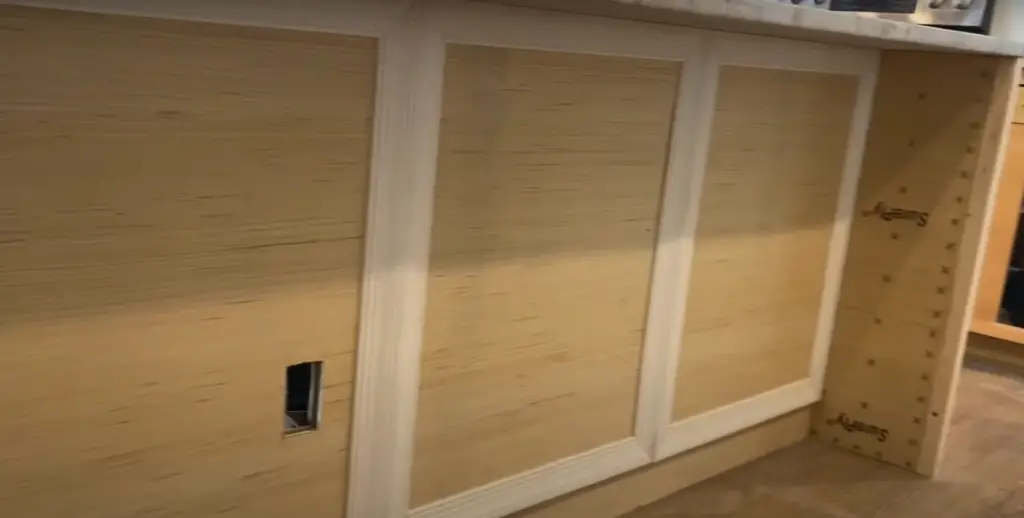
How do you lay out a kitchen island?
When laying out a kitchen island, the first step is to determine its size and shape. Generally speaking, the island should be large enough to accommodate multiple people but not so big that it takes up too much space in the kitchen. Additionally, make sure that there is enough room for storage, as well as seating if necessary. Once you have determined the size and shape of your island, it’s time to start planning out the layout. Think about where different appliances will go, how many drawers or cabinets you need for storing items, and what type of countertop material would look best in your space.
What should you not do with a kitchen island?
When it comes to a kitchen island, there are a few things you should avoid doing. First, don’t try to cram too much onto the island – this will make it look cluttered and can also lead to accidents if someone trips over something that is in the way. Second, don’t forget about lighting – make sure that your island has adequate lighting so that it is safe and inviting for guests. Finally, don’t forget about ventilation – if your island has an oven or stovetop, make sure that there is good airflow so that fumes and smoke do not become trapped.
Useful Video: How To Extend Your Island – Granite Waterfall Countertop
Conclusion
Extending kitchen islands is a great way to add more counter and storage space in the kitchen. It can be done quickly and easily, allowing homeowners to customize their kitchens to meet their needs. Whether extending an existing island or building an entirely new one, it is important to consider the size, shape, materials, and features of the island before making any final decisions. With careful planning and an eye for detail, homeowners can create a custom kitchen island that will enhance the overall beauty of their home while also providing additional functionality.
References:
- https://www.livspace.com/sg/magazine/kitchens101-kitchen-with-island
- https://www.mymove.com/home-inspiration/kitchen/benefits-of-having-a-great-kitchen-island/
- https://graceinmyspace.com/how-to-extend-a-kitchen-island/
- https://www.nerdwallet.com/article/mortgages/kitchen-island-costs-and-ways-to-save





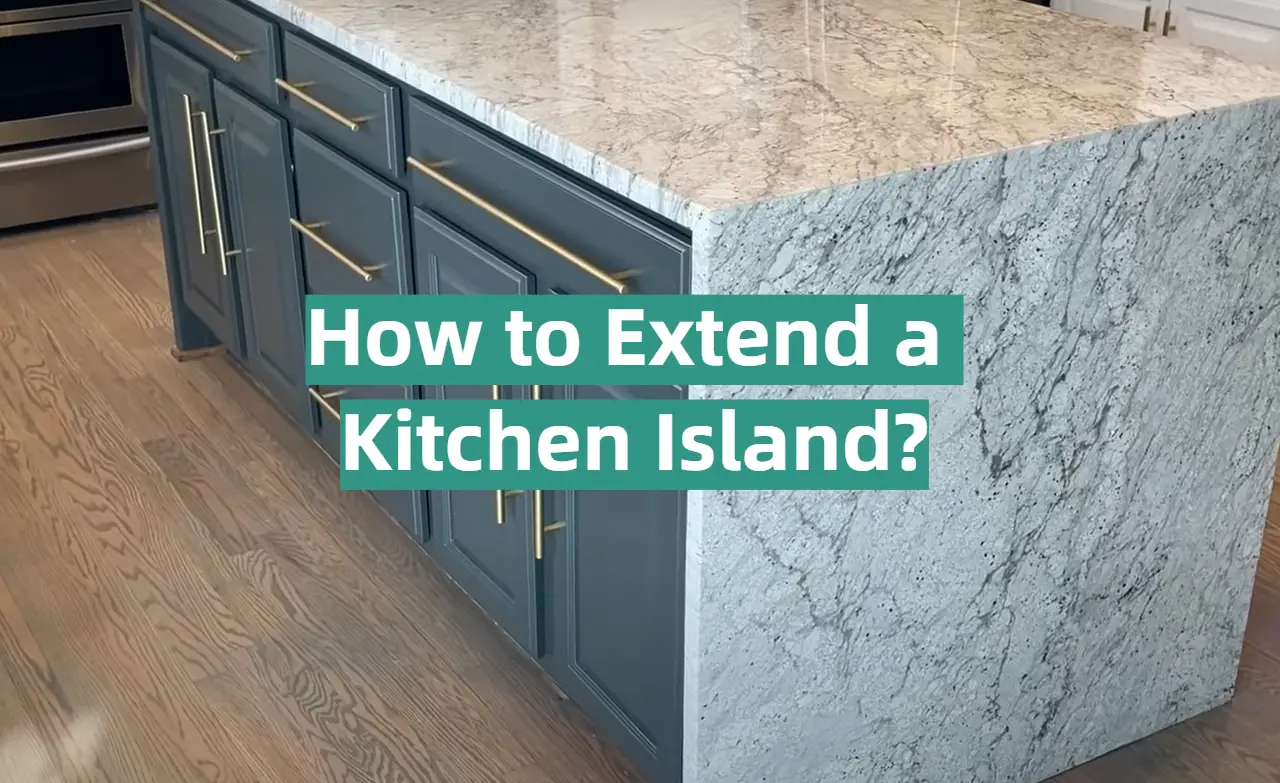






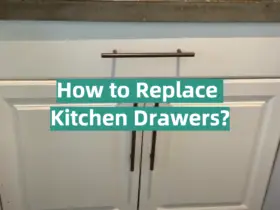

Leave a Reply